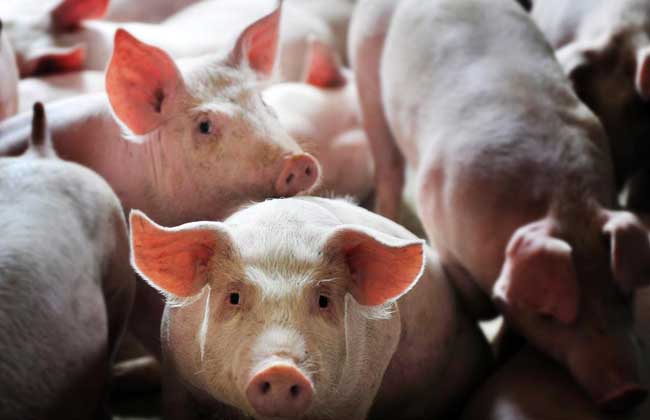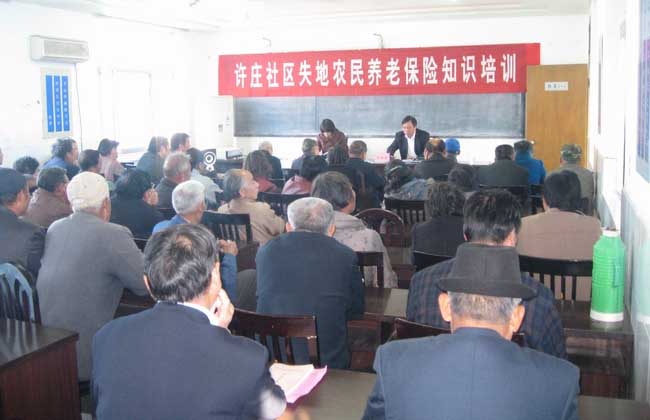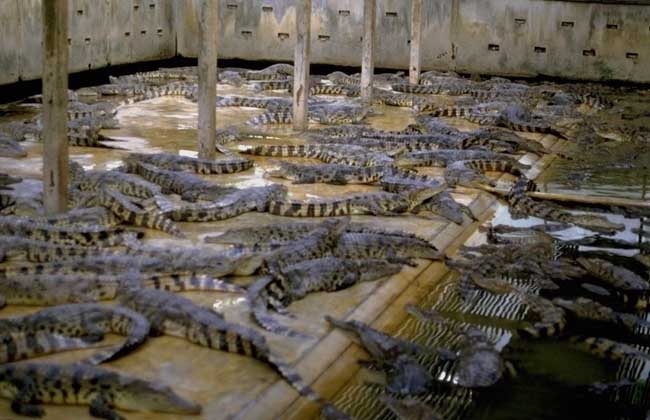Is there a subsidy for raising pigs in rural areas?

Many farmers reported that they could not get subsidies at all, and in reality, there was indeed a dark scene of subsidies. In addition to the fact that the parties concerned knowingly broke the law and acted boldly, the more important reason was that the majority of farmers did not know the details of the subsidies. To say a rude word is easy to fool. Let's take a look at whether there is a subsidy for raising pigs in rural areas.
Is there a subsidy for raising pigs in rural areas?
There is a subsidy for raising pigs in rural areas. In order to stabilize pork supply and improve the pork reserve system, the state will provide financial subsidies for pig breeding, especially sow breeding, with a subsidy of 50 yuan for each sow, of which 60% will be borne by the state and 40% by the local government. In addition, the state will also reward large counties for the transfer of pigs.
Pig county reward
In 2014, the central government allocated 3.5 billion yuan in incentive funds for the development of pig production. In 2015, the central government continued to implement incentives for the transfer of pigs from large counties, including the transformation of large-scale pig farmers (farms), the introduction of improved varieties, the expenditure on manure treatment, as well as insurance premium subsidies, discounted loans, and expenditure on epidemic prevention services. In accordance with the principle of "guiding production, multi-adjustment and multi-award, direct dial to county, and special use", the reward funds are calculated according to the weights of 50%, 25% and 25% of live pigs, respectively.
Live pig insurance subsidy
1. The annual premium for each sow is 60 yuan, including 48 yuan for each sow and 12 yuan for farmers, with an insurance amount of 1000 yuan.
2. The annual premium for each commercial pig is 10 yuan, including 7 yuan for each pig and 3 yuan for farmers, with an insurance amount of 400 yuan.
Subsidy for breeding sows
1. Subsidy object: all farms (households) that can breed sows, including large-scale farms, farmers, pig breeding farms and bulk farmers. The fertile sow included in the subsidy refers to the sow that has given birth to one piglet and can continue to reproduce piglets, also known as adult sows or basic sows.
2. Subsidy standard: 100 yuan for each breeding sow, and the subsidy fund shall be borne by the state. Of this, 60% is borne by the central government and 40% by the local government.
Subsidy for improved breeds of pigs
1. Subsidy basis: circular of the General Office of the Ministry of Agriculture and the General Office of the Ministry of Finance on the issuance of guidance for the implementation of the 2013 Animal Husbandry improved Variety subsidy Project (Agricultural Office Cai (2013) No. 46)
2. Subsidy object: sow farmers who use improved pig semen to carry out artificial insemination in 49 project counties (cities and districts), including bulk farmers and large-scale farmers (farms).
3. Subsidy standard: subsidy for sow breeders to buy improved boar semen. The subsidy for each artificial insemination is 20 yuan, and the annual subsidy for each sow is 40 yuan.
Subsidy for harmless treatment of sick and dead pigs
1. Subsidy basis: according to the notice of the General Office of the Ministry of Agriculture and the Ministry of Finance on doing well the related work of harmless treatment and subsidy for large-scale pig farms (Agriculture Office Cai (2011) No.163).
2. Subsidy standard: the cost of harmless treatment of sick and dead pigs in large-scale breeding farms (residential areas) is 80 yuan per head, and the central finance gives 60 yuan and 50 yuan subsidies to Xiangxi Autonomous Prefecture and other places respectively, and the local finance undertakes 20 yuan and 30 yuan respectively.
4. Subsidy method: monetary subsidy.
Subsidy policy for pig epidemic prevention
1. Subsidies for compulsory immunization vaccines for major animal diseases: the state implements a compulsory immunization policy for animal epidemics such as highly pathogenic avian influenza, foot-and-mouth disease, highly pathogenic pig blue ear disease, classical swine fever, small ruminant disease and so on. Compulsory immunization vaccines are purchased through public bidding organized by the provincial government, and the vaccine funds are shared by the central finance and local finance in proportion, and farms (households) do not need to pay the cost of compulsory immunization vaccines.
2. subsidies for culling livestock and poultry diseases: the state carries out compulsory culling of highly pathogenic avian influenza, foot-and-mouth disease, highly pathogenic blue-ear disease of pigs, small ruminant animal disease, and brucellosis and tuberculosis positive dairy cows. The state shall subsidize the losses caused to farmers by killing livestock and poultry as a result of the above-mentioned epidemic diseases, and the subsidies for compulsory culling shall be borne by the central finance, local finance and breeding farms (households) on a pro rata basis.
3. Subsidies for grass-roots animal epidemic prevention work: the subsidy funds are mainly used for labor subsidies for grass-roots animal epidemic prevention work such as compulsory immunization for livestock and poultry undertaken by village-level epidemic prevention workers, and the central government continued to allocate 780 million yuan in 2015.
Subsidy for the construction of standardized scale breeding farms (residential areas)
1. The annual column is 300,499 breeding farms (residential areas), with an average subsidy of 100000 yuan per farm.
2. the annual column is 500,999 breeding farms (residential areas), with an average subsidy of 250000 yuan per farm.
3. The annual output of 1000 to 1999 breeding farms (residential areas), with an average subsidy of 500000 yuan per farm.
4. the annual column is 2000,999 breeding farms (residential areas), with an average subsidy of 700000 yuan per farm.
5. Breeding farms (residential areas) with an annual output of more than 3000 heads will have an average subsidy of 800000 yuan per farm.
Related
- A course of planting techniques and methods on how to grow carrots
- How to plant the latest tulips?
- Is it better to pick tea in the morning or in the afternoon? When is the best time for tea to be picked? what is the third or fifth tea?
- Launch Yuanxiao Happy combination Haocha + Tea Yuan healthy Taste
- Penghu Tourism "Fireworks 20 Parade with You"
- 2022 West Lake Happiness holds "Digital Revitalization Voucher" and draws iphone13 and laptop.
- Banqiao Fuzhou social houses are designed to change start-up combined with police elimination to create a safe and livable environment
- The convenient measure of "mechanical weeding" in Xinbei has been abused and the Agriculture Bureau has imposed heavy penalties on the illegal land consolidation.
- Changgeng University Joins Hands with Four Memory Factories to Rescue Memory Talent Shortage
- The list of Taiwan's top 100 MVP managers is listed by the Director-General of the Farmers' Association of Sanxia District.



